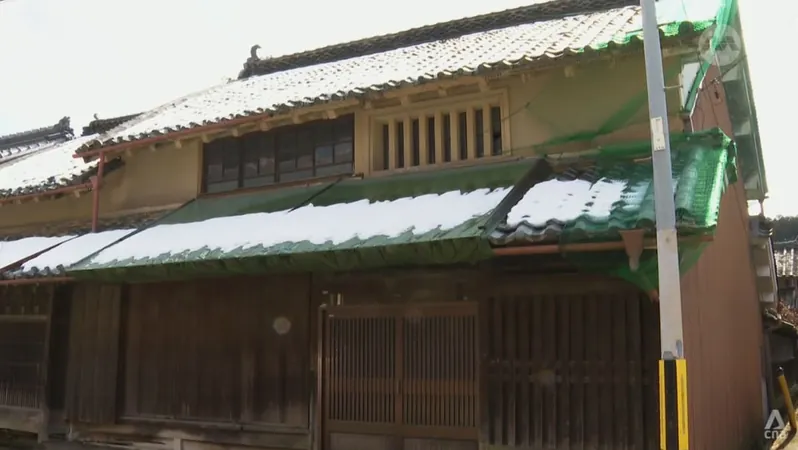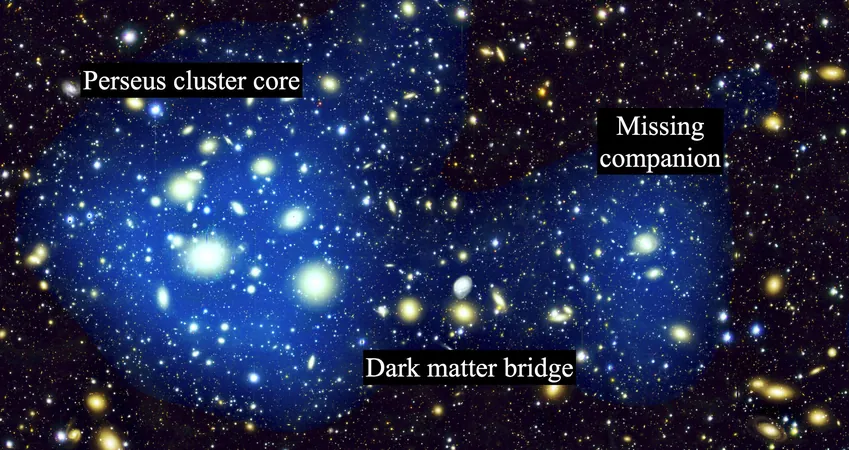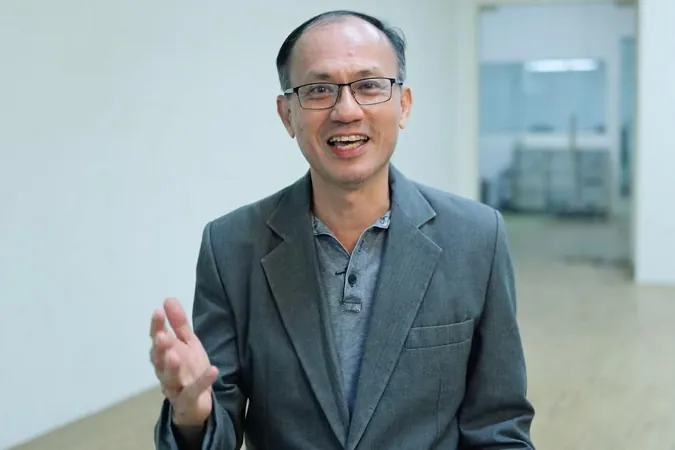
Japan's Abandoned Homes Crisis: One in Three Could Be Vacant by 2038!
2025-04-11
Author: Arjun
A Symbol of Declining Communities
In the picturesque yet declining rural city of Uda, located in Nara prefecture, alarm bells are ringing as local leader Yoshiji Misaki embarks on an urgent survey of abandoned homes, known as akiya. Remarkably, nearly one in five houses in Uda stand empty, a statistic echoing the haunting reality of community decay.
Ghostly Residences of the Past
Among these neglected properties is a house that has remained untouched for 25 years—once a thriving clinic run by a local doctor until tragedy struck. His family moved away after his passing, leaving his son, Shigeaki Nakao, with an akiya that symbolizes both history and neglect.
The Grim Future of Akiya
Experts warn that this trend is far from isolated. They predict that Japan could see the number of akiya skyrocket to 23 million by 2038—equating to an astonishing one in three homes across the nation! Most of these vacant properties require intensive renovation, with many on the brink of collapse.
Uda’s Local Strategy for Revival
With approximately 1,000 akiya in Uda—300 more than five years ago—the local government is taking action. They’re offering grants of up to 2 million yen (US$14,000) to encourage the renovation of these homes. However, many dilapidated structures face the risk of demolition if deemed too hazardous.
Turning Akiya into Opportunities
In an innovative twist, Uda is purchasing akiya to revive them for short-term rental stays, creating 'akiya banks,' where city councils and private operators can list properties for potential buyers. This model blends community rejuvenation with economic opportunity.
Foreign Investors Welcome!
Curiously, the allure of cheap akiya has caught the attention of foreign buyers as well. French photographer Coline Emilie Aguirre made headlines by moving to Uda after discovering a stunning akiya for just US$33,000—about half the cost of new homes in the area. Yet she cautions prospective buyers about the renovation costs, which can become substantial.
Reviving Tradition and Community in Kitsuki
In the ancient castle town of Kitsuki, local residents are also trying to resuscitate akiya amid their rapidly shrinking population. With 39% of residents over 65 and akiya making up 24% of local homes, a grassroots revival effort is underway to restore historic properties and create vibrant community spaces.
Grants Fuel Return of Residents
Local authorities in Kitsuki are luring back former residents with generous grants to move home and start new businesses. Up to 2 million yen is available for homebuyers, with additional subsidies for entrepreneurs, spurring a resurgence in interest surrounding akiya.
A Bright Future for Japan’s Akiya?
As communities rally together to tackle the akiya crisis, it raises the hopeful notion that these forgotten homes might not only survive but thrive in new hands, paving the way for a revitalized Japan where tradition meets innovation.




 Brasil (PT)
Brasil (PT)
 Canada (EN)
Canada (EN)
 Chile (ES)
Chile (ES)
 Česko (CS)
Česko (CS)
 대한민국 (KO)
대한민국 (KO)
 España (ES)
España (ES)
 France (FR)
France (FR)
 Hong Kong (EN)
Hong Kong (EN)
 Italia (IT)
Italia (IT)
 日本 (JA)
日本 (JA)
 Magyarország (HU)
Magyarország (HU)
 Norge (NO)
Norge (NO)
 Polska (PL)
Polska (PL)
 Schweiz (DE)
Schweiz (DE)
 Singapore (EN)
Singapore (EN)
 Sverige (SV)
Sverige (SV)
 Suomi (FI)
Suomi (FI)
 Türkiye (TR)
Türkiye (TR)
 الإمارات العربية المتحدة (AR)
الإمارات العربية المتحدة (AR)